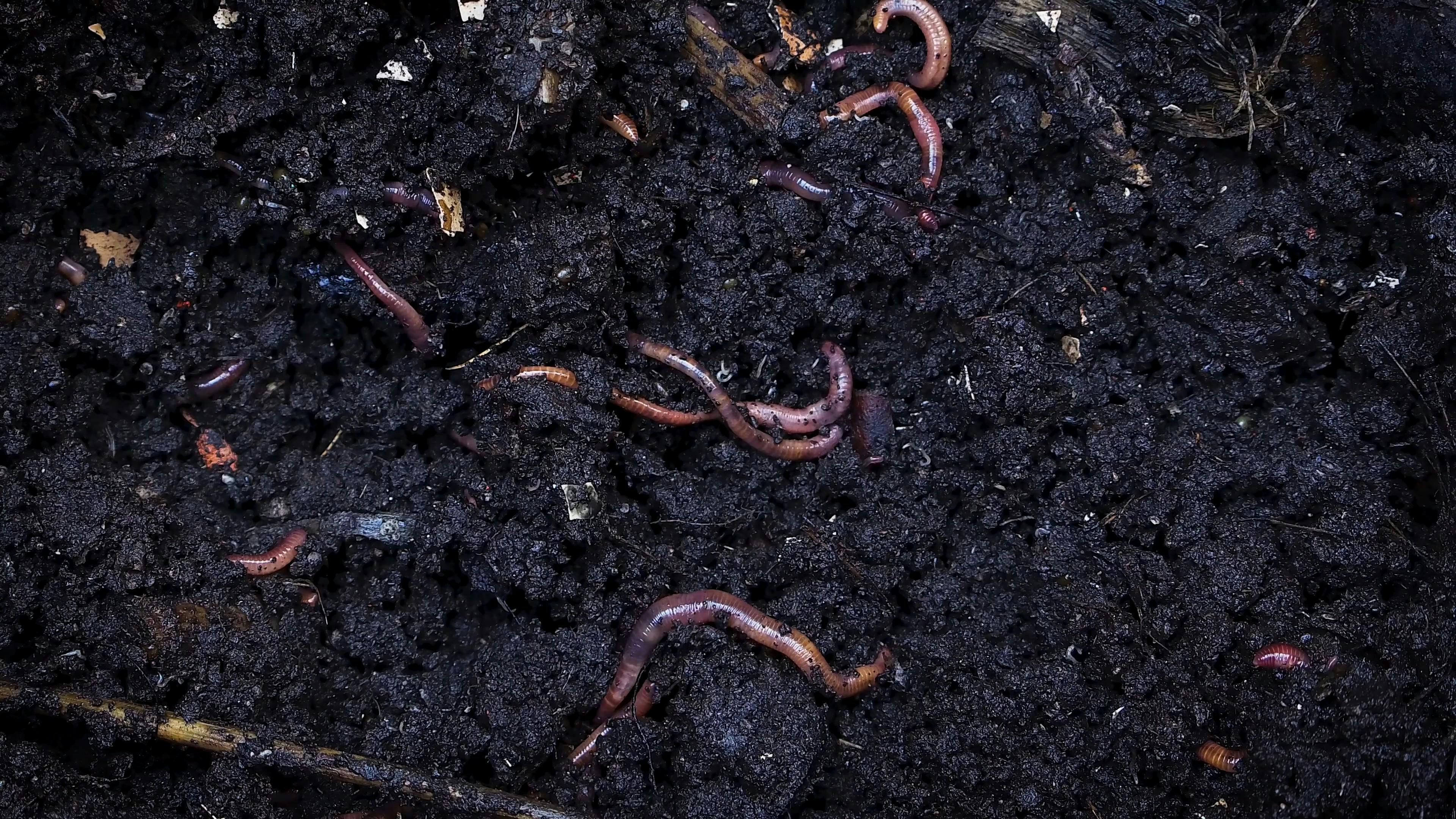

However this texture makes it a poor soil for growing most plants, since when it compacts together it causes problems with water drainage, oxygen diffusion and generally makes it harder for plant roots to grow into. This kind of texture has the advantage of holding in nutrients such as calcium, potassium, and magnesium well. However once dry it, it compacts together so tightly it turns rock solid and is a nightmare to dig through. The other types are somewhere in between.Ĭlay soils are basically really small particles, so small that it feels lumpy and sticky when it is wet, almost like mud. However out of the six there are three basic types: Clay, Sandy and Loam, with Clay and Sandy standing on the two extreme ends of the scale and Loam soil being in the middle as the perfect type for plant growth. Let’s start by first talking about the different types of soils which are out there.Ĭlay, Chalky, Peaty (Duncan has a mate named after this type), Silty, Sandy and… Loam, If you have addressed this topic before please send me the link. How do I get them back into the earth and how many worms per square yard should we have and how do we get them into the soil? It has been two years and I have seen only a dozen worms. The leaves seem to do the best job of breaking up the soil. When mixed with our clay the compost seems to reharden in time. We buy compost by the truck load from the city of High Point and compost the leaves that fall each year. We have spent the last two years trying to till and introduce amendments into this, whatever it is. When dry the clay is a brick, when wet, sticky and slippery. The dirt around our house is clay fill dirt brought in from who-knows-where.

When the bulldozers moved in here they moved the dirt around to the point where the old landscape is barely visible. “Our house is in what used to be the Pine Forest part of the camp as a scout troop we use to camp here.


 0 kommentar(er)
0 kommentar(er)
